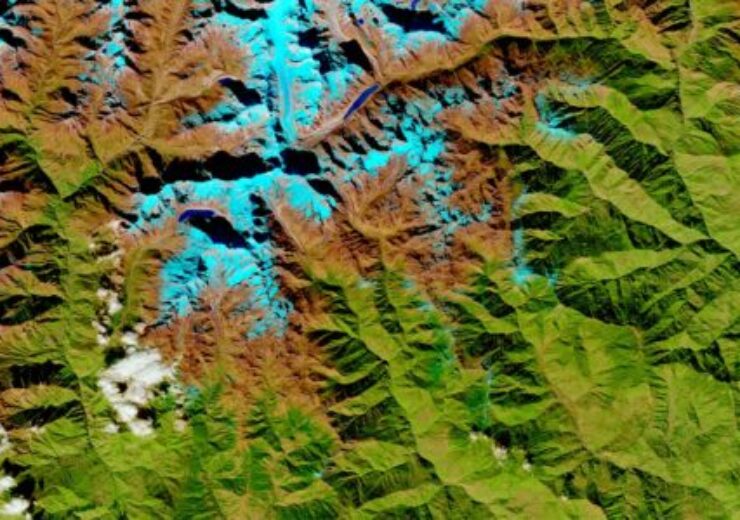As part of the collaboration, both parties will construct a foundation model for weather and climate prediction using MERRA-2, a dataset of atmospheric observations

IBM partners with NASA to research impact of climate change by using AI. (Credit: IBM)
IBM and NASA’s Marshall Space Flight Center have entered into a partnership which will leverage the former’s artificial intelligence (AI) technology to find new insights in NASA’s repository of Earth and geospatial science data.
The collaboration will deploy AI foundation model technology to the US federal space agency’s Earth-observing satellite data for the first time.
According to IBM, AI-based foundation models are trained on a large collection of unlabelled data and can apply information about one situation to another.
The models can be utilsed for various tasks and have quickly advanced the field of natural language processing (NLP) technology over the past five years, stated IBM.
As part of the collaboration, both parties will build a foundation model for weather and climate prediction using MERRA-2, which is a dataset of atmospheric observations.
IBM stated that its foundation model technology has the ability to accelerate the discovery and analysis of the data to rapidly advance the scientific understanding of the Earth and response to issues related to climate.
IBM principal researcher Raghu Ganti said: “Foundation models have proven successful in natural language processing, and it’s time to expand that to new domains and modalities important for business and society.
“Applying foundation models to geospatial, event-sequence, time-series, and other non-language factors within Earth science data could make enormously valuable insights and information suddenly available to a much wider group of researchers, businesses, and citizens.
“Ultimately, it could facilitate a larger number of people working on some of our most pressing climate issues.”
NASA and IBM intend to create a number of new technologies to extract insights from observations of the Earth.
Under the partnership, an IBM geospatial intelligence foundation model will be trained on NASA’s Harmonized Landsat Sentinel-2 (HLS) dataset. The HLS dataset is a record of land cover and land use changes recorded by Earth-orbiting satellites.
The foundation model technology is expected to assist researchers in providing critical analysis of the planet’s environmental systems. This will be through the analysis of petabytes of satellite data to detect changes in the geographic footprint of natural disasters, wildlife habitats, and cyclical crop yields.
NASA’s Marshall Space Flight Center senior research scientist Rahul Ramachandran said: “The beauty of foundation models is they can potentially be used for many downstream applications.
“Building these foundation models cannot be tackled by small teams. You need teams across different organizations to bring their different perspectives, resources, and skill sets.”


